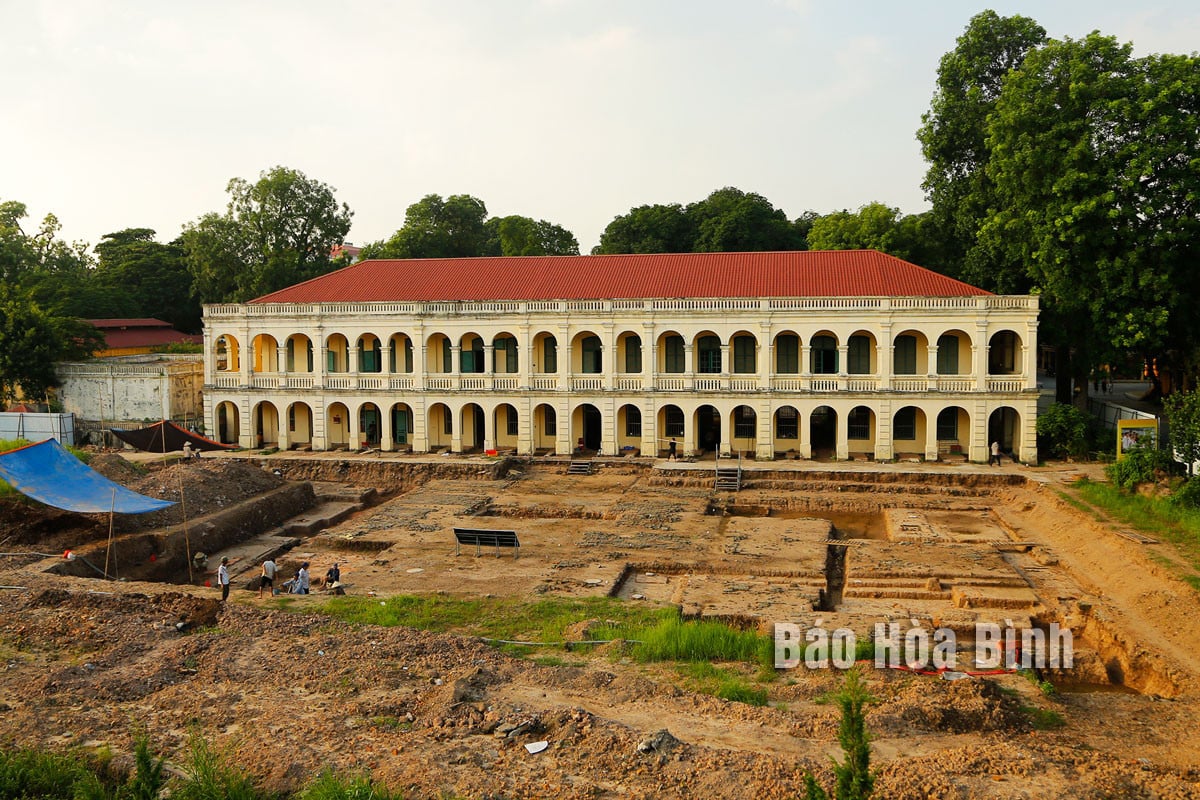 The Operations Department building is expected to be demolished to serve the reconstruction of the Than Dao axis, Kinh Thien palace and Kinh Thien palace space.
The Operations Department building is expected to be demolished to serve the reconstruction of the Than Dao axis, Kinh Thien palace and Kinh Thien palace space.Thang Long Imperial Citadel – World Cultural Heritage
Thang Long Imperial Citadel is a complex of relics associated with the history of Thang Long - Hanoi for 13 centuries, from the pre-Thang Long period (7th - 9th century) through the Dinh - Tien Le period (10th century) and strongly developed under the Ly, Tran, Le dynasties (11th - 18th century), to the Nguyen dynasty (19th - 20th century). In particular, in 1010, King Ly Cong Uan moved the capital from Hoa Lu to Thang Long, building the capital with the "three-layer citadel" model, including the Capital, the Imperial Citadel and the Forbidden City. Since then, Thang Long Imperial Citadel has become the most important political and administrative center of Dai Viet nation for many centuries.
Under the Nguyen Dynasty, when the capital moved to Phu Xuan ( Hue ), Thang Long was downgraded but still played an important role with constructions such as Kinh Thien Palace and Hau Lau, which served as a temporary palace for the Nguyen kings whenever they visited the North.
When the French colonialists occupied Indochina, Hanoi became the administrative center of the Indochina Federation and the Hanoi Citadel was used as the Supreme Command of the French army. Many ancient palaces and temples of the Imperial Citadel were destroyed, leaving only the North Gate and the Flag Tower. After 1954, when the capital was liberated, the Hanoi Citadel became the Headquarters of the Vietnam People's Army until 2004.
Today, the central area of Thang Long Imperial Citadel, including the archaeological site at 18 Hoang Dieu and the Hanoi Citadel, is located in the Ba Dinh political center, where the highest leadership agencies of the Party and State work. This is an important area, where many important political and cultural events of the country are held. In addition, Thang Long Imperial Citadel is being built into a cultural and historical park to promote the outstanding global value of the relic site...
Thang Long Imperial Citadel on the 70th anniversary of the liberation of the Capital
Experiencing the Imperial Citadel of Thang Long on the occasion of Hanoi Capital celebrating the 70th anniversary of liberation (October 10, 1954 - October 10, 2024), the space here becomes more meaningful and sacred than ever. In the joyful atmosphere of the events, the steps to the Imperial Citadel of Thang Long are not only to admire the ancient architecture, but also an opportunity to feel more clearly the heroic spirit of the historical days when Hanoi went through the period of fighting for liberation.
From this bunker, important meetings to organize air defense and protect Hanoi took place. Counterattack orders from generals in the bunker helped the Vietnam People's Army shoot down many American planes, including B52s - a powerful American strategic aircraft. The victory at Dien Bien Phu in the air made history, attracting the attention of the whole world and forcing the US to sign the Paris Agreement, ending the war and restoring peace in Vietnam.
Today, the basement at Thang Long Imperial Citadel has become a special historical relic, open to visitors. This is not only a place for Vietnamese people and young generations to learn about the heroic feats of arms in the resistance war against the US, but also an opportunity to look back at an important part of the history of the capital Hanoi.
The remaining artifacts in the bunker such as radios, war maps, desks and chairs, etc. are all vivid evidence of a heroic period of history. Through visiting the bunker, visitors can better understand how generals and military leaders conducted the war, as well as deeply feel the sacrifices and tireless efforts of the entire nation in the struggle to regain peace.
Thang Long Imperial Citadel today wears a special appearance. The red flag with yellow star flutters brightly, important events, art performances recreating historical moments, exhibitions displaying artifacts about Hanoi through the ages are held at the Imperial Citadel... all revive the atmosphere of the days of the Capital's liberation.
Source: https://baohoabinh.com.vn/16/194209/Hoang-Thanh-Thang-L111ng-bieu-tuong-cua-lich-su,-van-hoa-Thu-do.htm


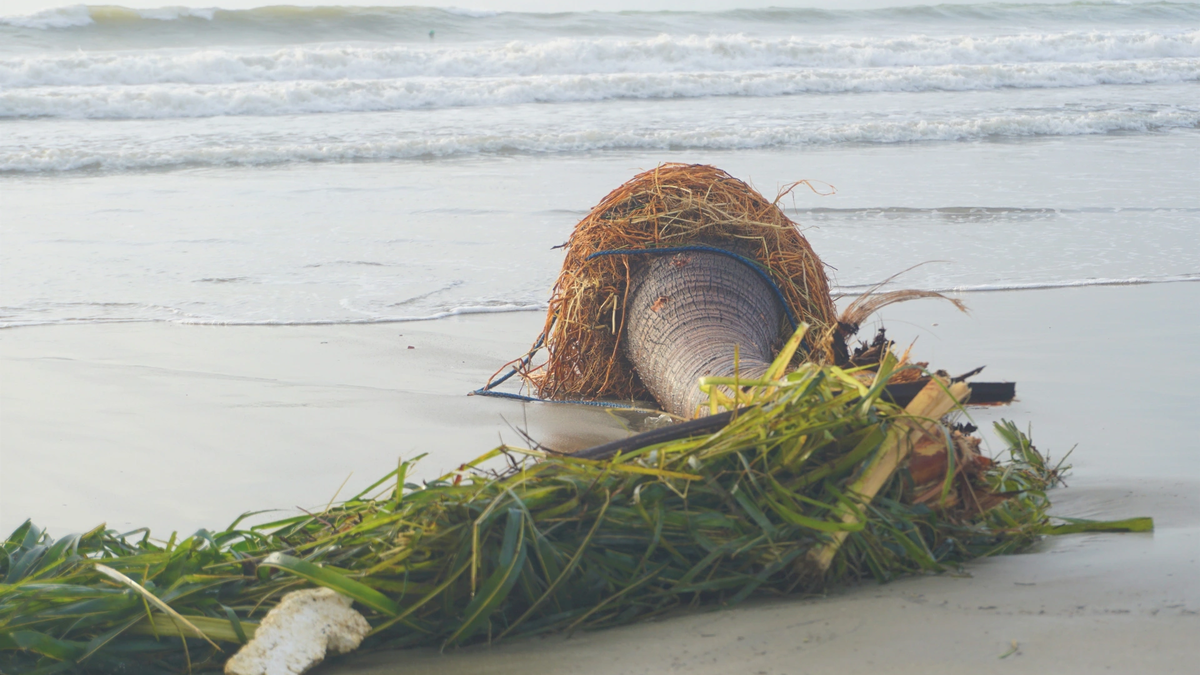

![[Photo] Hanoi: Long Bien residents brave the rain to go to work and school amid traffic jams due to bridge closures from early morning](https://vphoto.vietnam.vn/thumb/1200x675/vietnam/resource/IMAGE/2025/11/07/1762485038077_dji-0206-1506-jpg.webp)

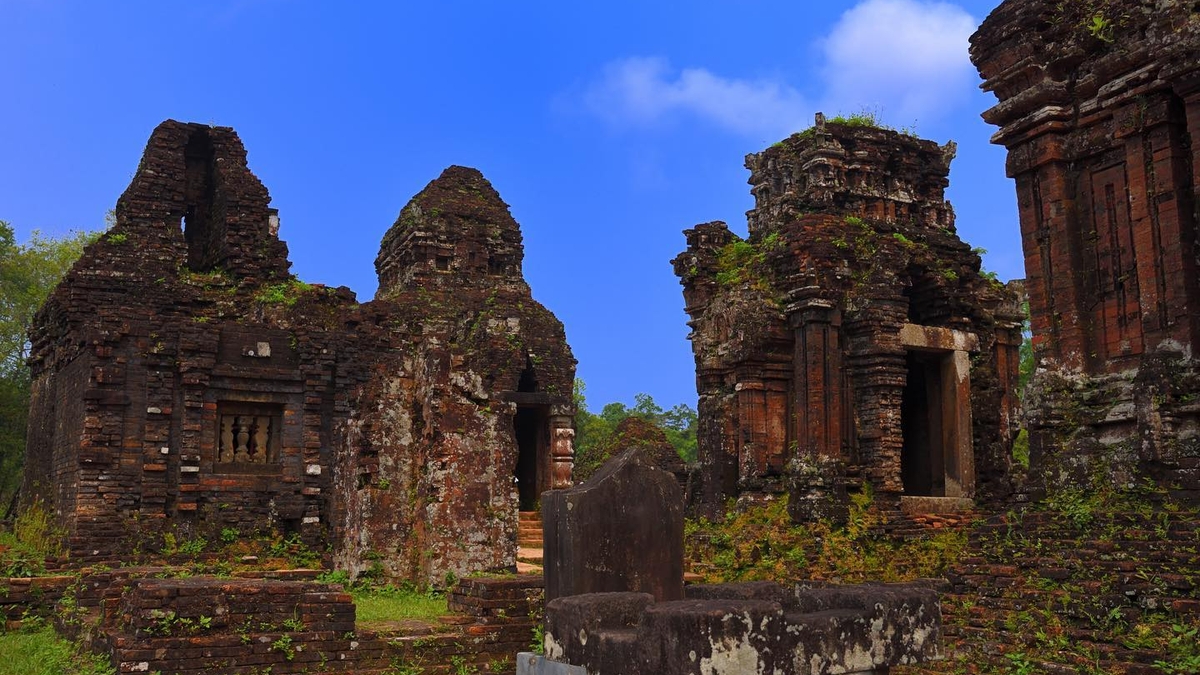

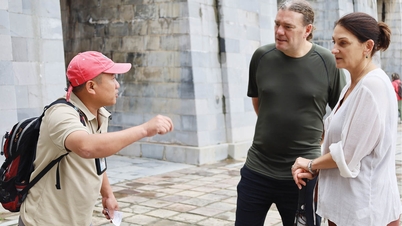



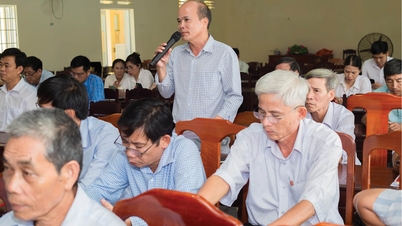
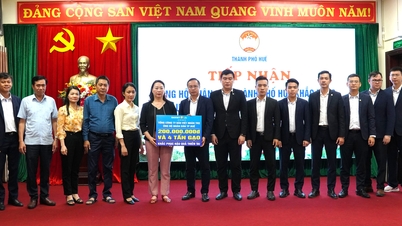





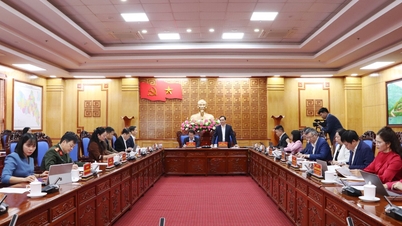
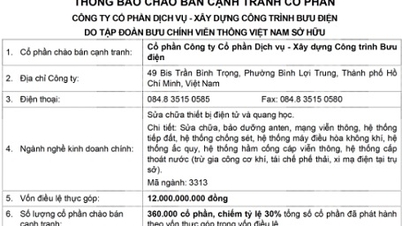
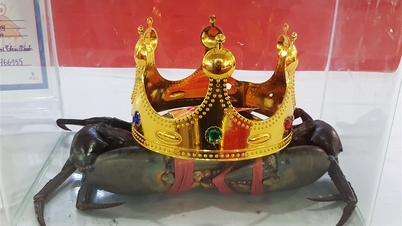
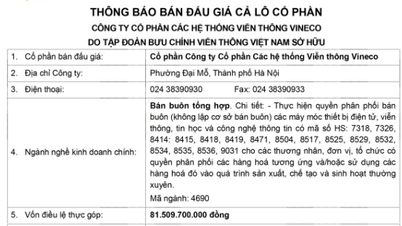
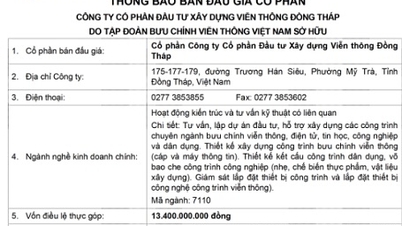


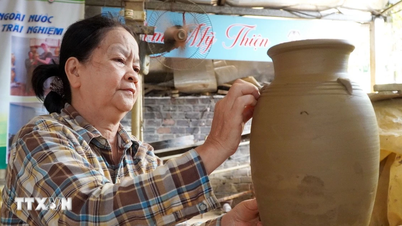






























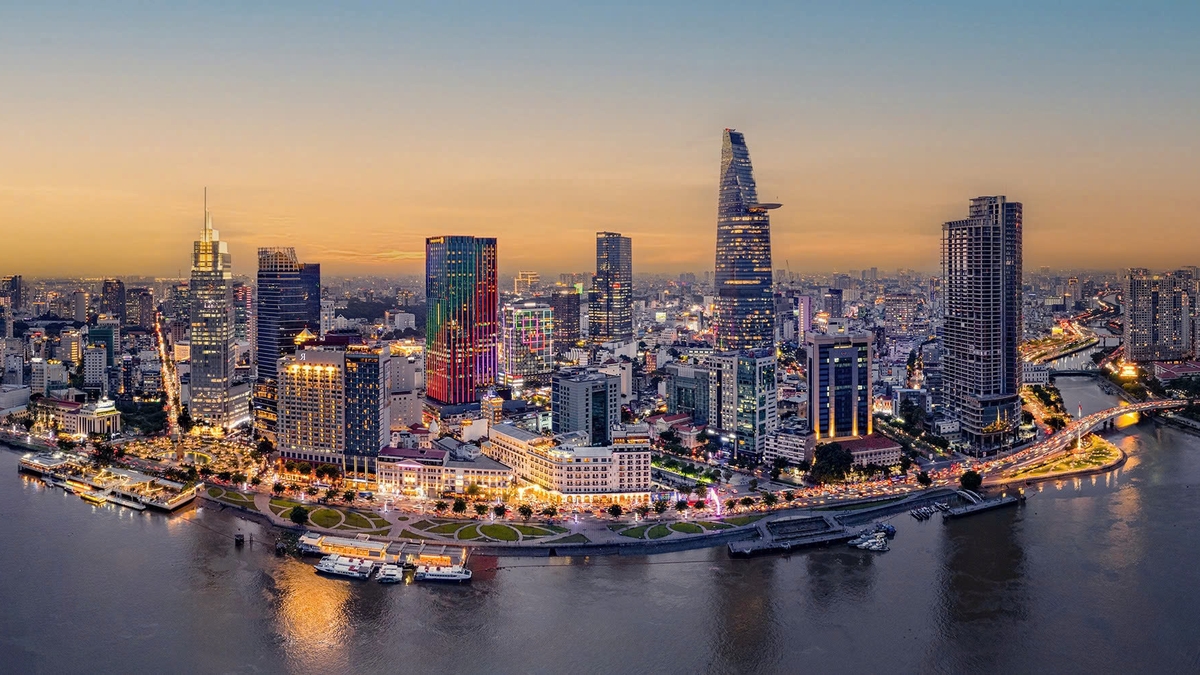








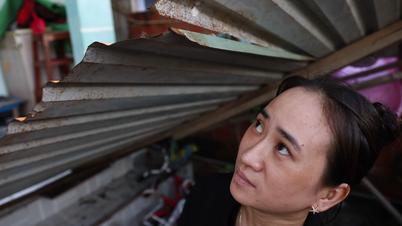
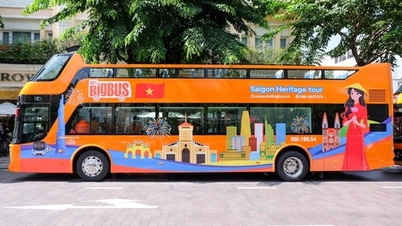



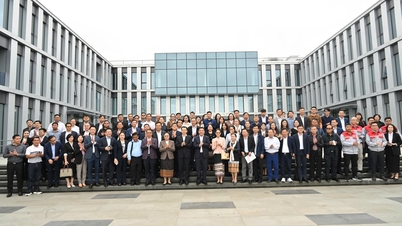



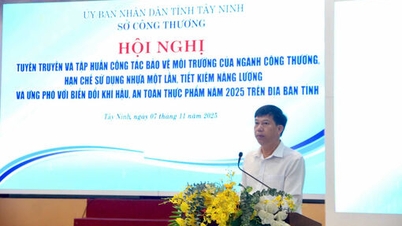





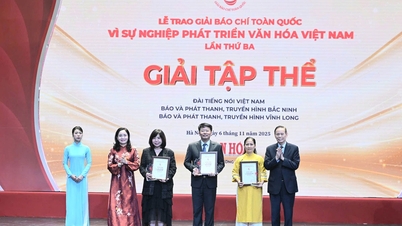

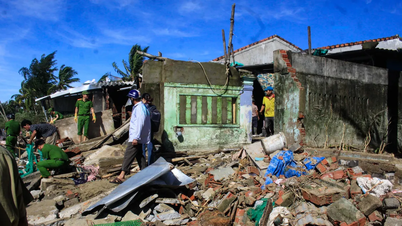

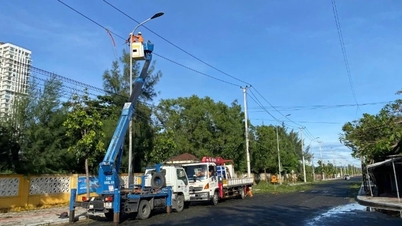











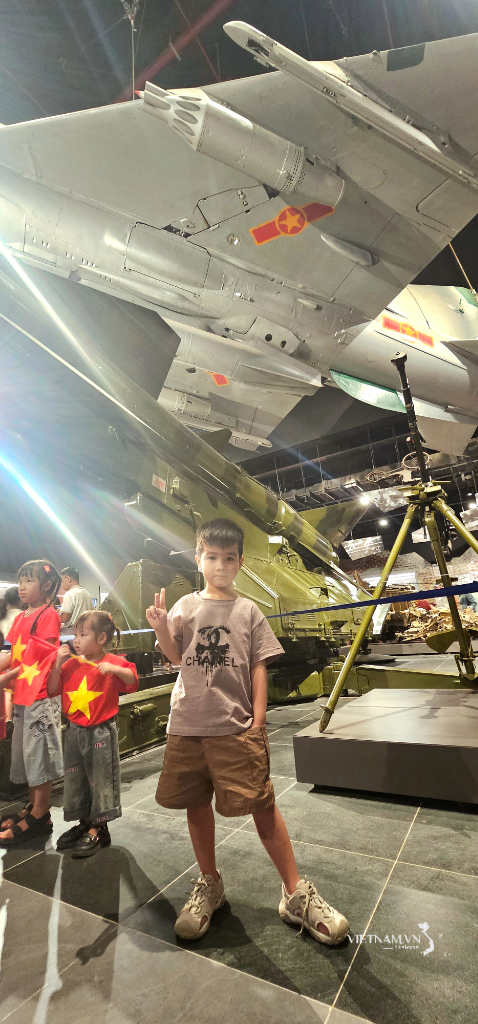


Comment (0)